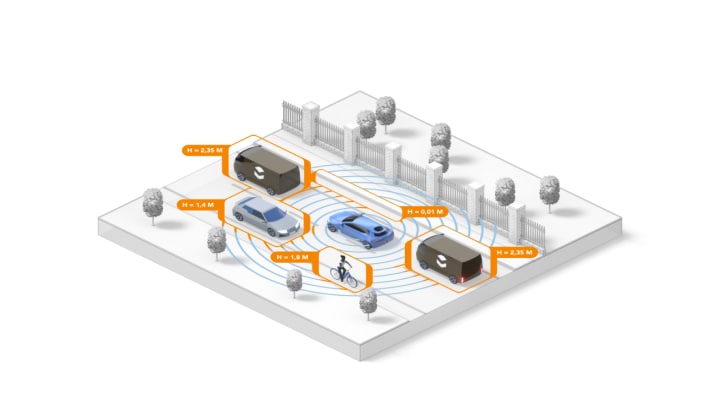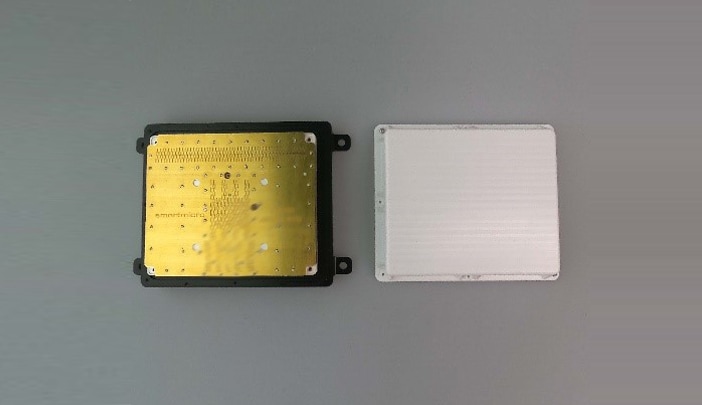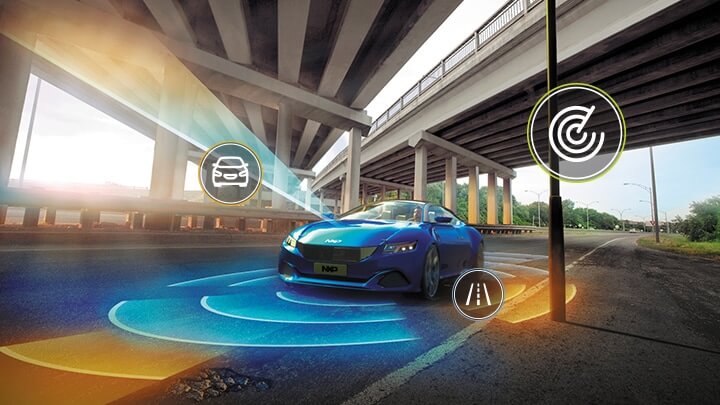The development of complex sensing technology for the automotive industry is
proceeding rapidly to increase road safety and reduce traffic accidents.
Automotive radar has been a critical element of advanced driver assistance
systems (ADAS) for its reliable operation—measuring range, speed and angle-of-arrival over
a long distance—under almost any environmental conditions. It will remain even
more critical for future AD vehicles of L2+ and beyond, as the 4D imaging
radar technology has emerged to deliver image-like fine resolution point
clouds for simultaneous localization and mapping (SLAM) or demanding use
cases, such as lost-parcel detection at distance.
For development teams to move from a proof-of-concept prototype to a radar
application that is ready for series production with fine-tuned performance
parameters fulfilling specific OEM requirements, working collaboratively with
one of NXP’s partners, such as NXP Gold Partner
smartmicro, may be an attractive option for improved time-to-market, reduced risks or
even addressing temporary resource constraints.
 Figure 1: Precise environmental mapping, object separation and
classification
Figure 1: Precise environmental mapping, object separation and
classification
In my previous blog,
Creating the 360-Degree Vehicle Safety Cocoon with Automotive Radar,
I outlined how smartmicro, the specialist in automotive radar technology, uses
the NXP
S32R294 radar microcontroller
and the
TEF82xx RF transceiver
to offer a selection of off-the-shelf solutions that cover anything from
corner radar with 3 Tx and 4 Rx up to long-range front-facing radar with the 6
Tx and 8 Rx configuration.
Continuing the successful collaboration with NXP, smartmicro has made an
important next step and developed a 4D imaging radar sensor with NXP’s 6th
generation flagship radar processor
S32R45
that cascades four
TEF8232 transceivers
with a total of 192 virtual channels (12 Tx, 16 Rx) to deliver one-degree
angular resolution at a distance up to 300 meters. The radar sensor is
designed primarily for automotive applications and delivers a high resolution
point cloud with up to 20,000 points per second. Its capability to upgrade to
integrated object tracking or occupancy grid mapping also makes it a good fit
for adjacent applications, such as traffic management for ITS systems.
 Figure 2: smartmicro’s imaging radar “UMRR-A1 Type 166"
Figure 2: smartmicro’s imaging radar “UMRR-A1 Type 166"
4D imaging radar sensor, powered by the state-of-the-art radar chipset of NXP,
delivers equal to or better performance than the massive MIMO radar concepts
on the market, which require up to 12 times the antenna count. By leveraging
the leading RF-CMOS transceivers, advanced radar processing algorithms and
highly efficient radar hardware acceleration, NXP takes a smart performance
scaling approach, in contrast to brute force scaling with sheer antenna count,
to pave a commercially viable path towards automotive volume production.
The commercial attractiveness of NXP's 4D imaging radar solution lies within
its 3-in-1 multi-mode concurrent sensing capability across short, mid and long
range. This removes the need for multiple sensors to cover different operating
modes and eliminates the application tradeoffs imposed by operating mode
switching. Customers thus enjoy the outstanding system performance at
optimized cost.
NXP will continue to work closely with its ecosystem partners, such as the NXP
Gold Partner smartmicro, and enable demonstration of technology benefits in
real application setup and provision of high quality engineering services,
whenever desired, to NXP customers and allow them to focus on what matters
most for their business success in the growing AD market.






